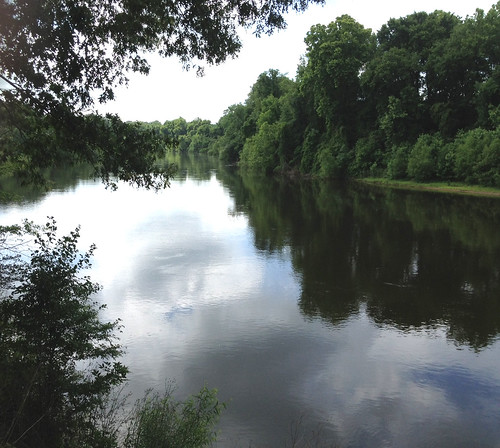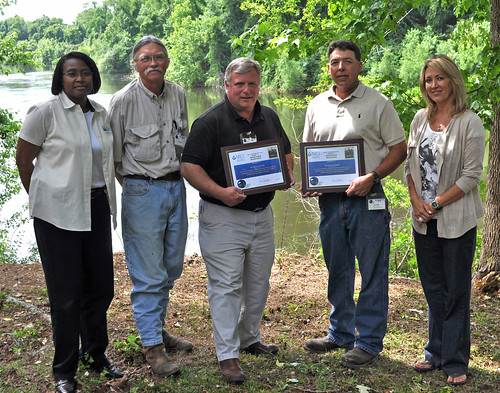
USDA’s Natural Resources Conservation Service (NRCS) in South Carolina recently celebrated National Wetlands Month with an event that recognized three private landowners whose properties are enrolled in the agency’s Wetlands Reserve Program (WRP).
At the celebration, held May 8 in Kershaw County, NRCS State Conservationist Ann English presented the landowners with certificates thanking them for their conservation stewardship. The landowners are restoring and protecting nearly 2,000 acres of wetlands that eventually drain into the Wateree River through permanent WRP easements. Media, local and state officials, conservationists and community leaders attended the event.
WRP helps private landowners protect, restore and enhance wetlands. Wetlands benefit migratory birds, other wildlife and plants, including species of concern and those that are listed on state and federal lists of threatened and endangered species.
The program also helps restore active floodplains along creeks and rivers, aids in flood control and improves water quality by restoring environmentally sensitive, frequently flooded cropland back to permanent vegetation.
When a property is enrolled in WRP, the landowner retains ownership, while agreeing to restore and manage a certain portion of the land as wetlands. Program participants voluntarily restrict agricultural and other activities for compatibility with the wetland management, but retain title, quiet enjoyment, recreational uses, access control and water rights not necessary for wetland management.
Since 1992, 11,000 landowners have voluntarily restored 2.3 million acres of wetlands through WRP. 70,000 acres of those wetlands are in South Carolina.

Wetlands Month was created in 1991 by the U.S. Environmental Protection Agency and its partners to celebrate the vital importance of wetlands to the nation’s ecological and economic health.
For more information about the program and its success, download the recently released publication Restoring America’s Wetlands: A Private Lands Conservation Success Story.
Find out more about the Wetlands Reserve Program.
Check out more conservation stories on the USDA blog
Follow NRCS on Twitter


